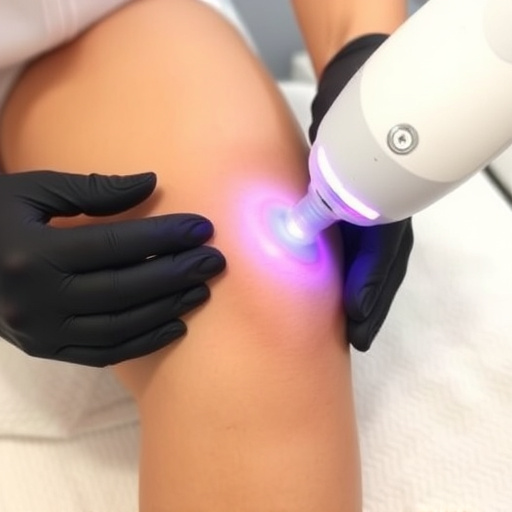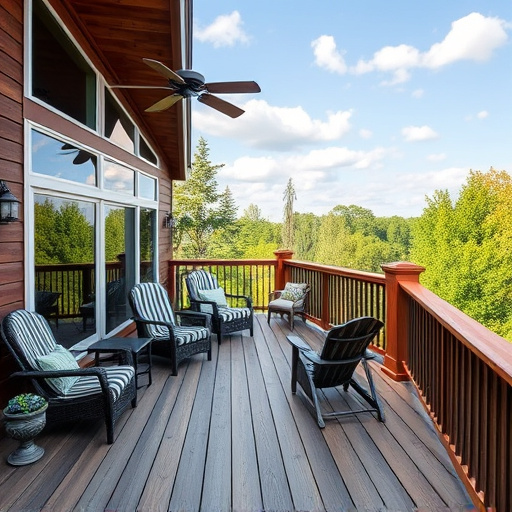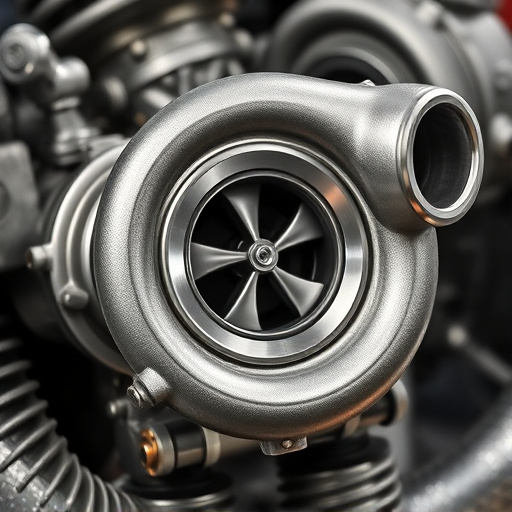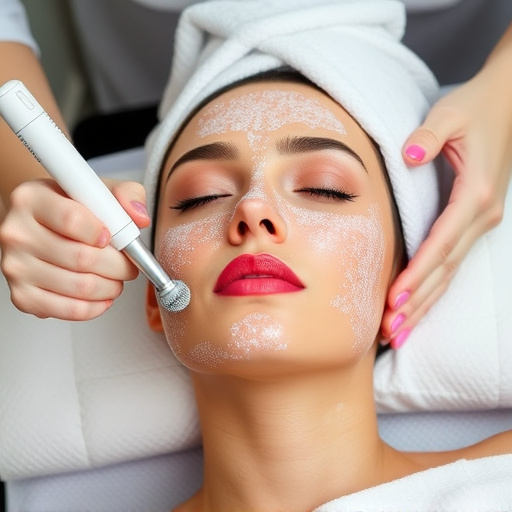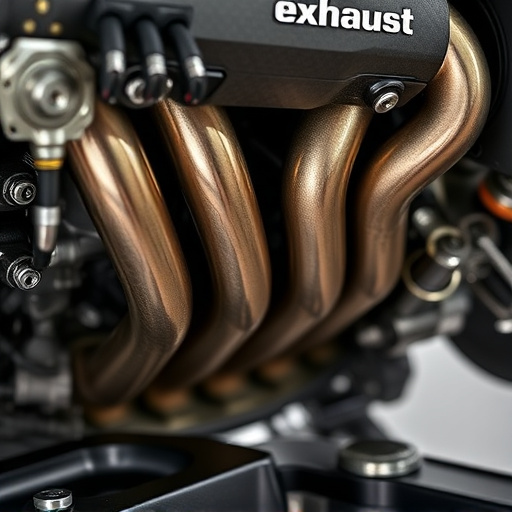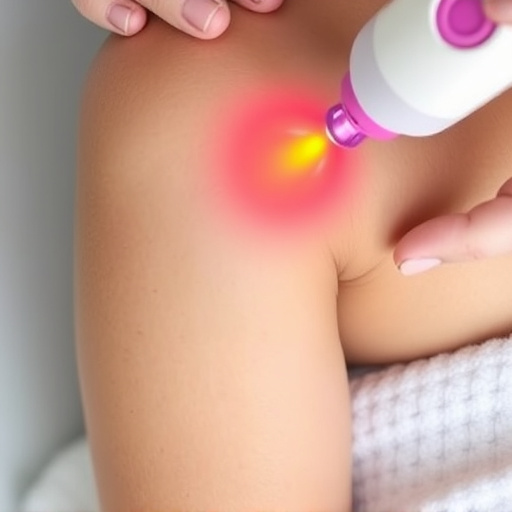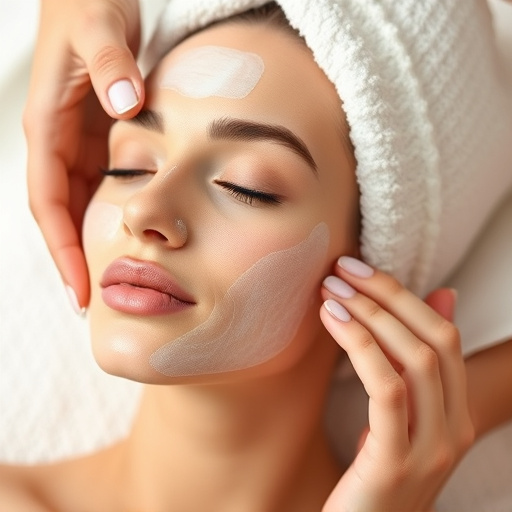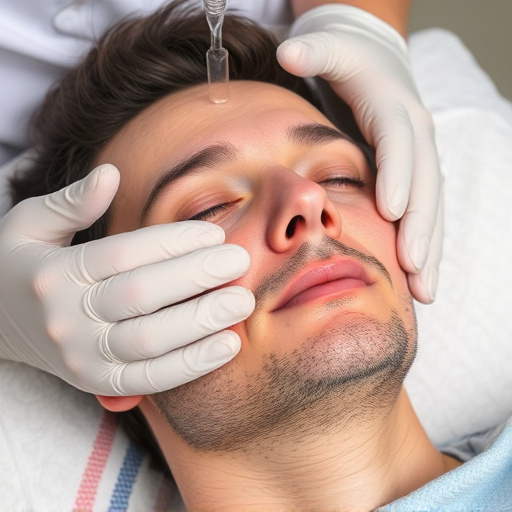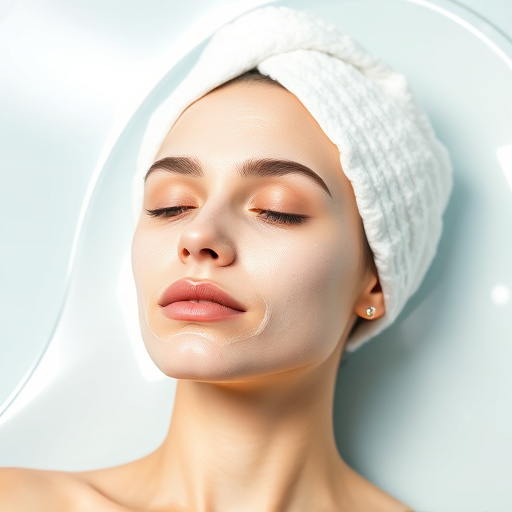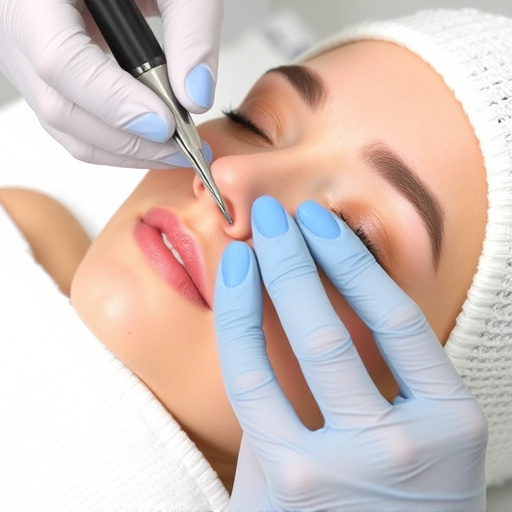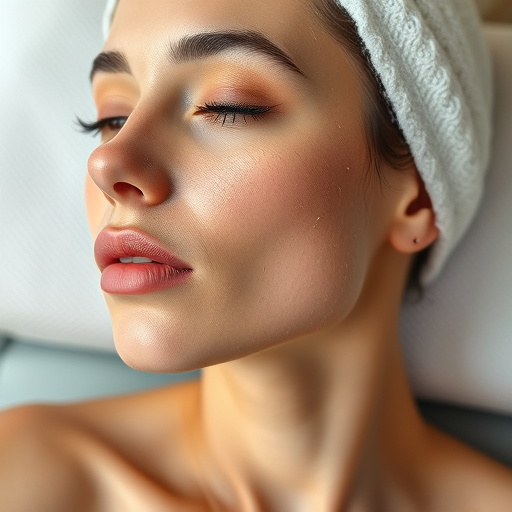Back acne results from hormonal changes, genetics, and lifestyle factors. Triggers include puberty, menstruation, tight clothes, sweating, and harsh skincare. Effective management involves identifying triggers, gentle cleansing with tea tree oil or aloe vera, and hydration. Consistent dual regimens are crucial. Post-treatment, incorporate proactive steps like chemical peels, regular exfoliation, hydration, and moisturizing to prevent future breakouts.
Back acne can be stubborn and uncomfortable, but with proper care, it’s treatable. This guide offers expert advice on effectively managing and healing back acne, focusing on essential aftercare steps. We’ll explore the root causes and triggers, emphasizing the importance of gentle cleansing and moisturizing routines for accelerated healing. Additionally, discover maintenance tips to prevent future breakouts and achieve a clear, confident back.
- Understanding Back Acne Causes and Triggers
- Cleansing and Moisturizing for Optimal Healing
- Preventing Future Breakouts: Maintenance Tips
Understanding Back Acne Causes and Triggers
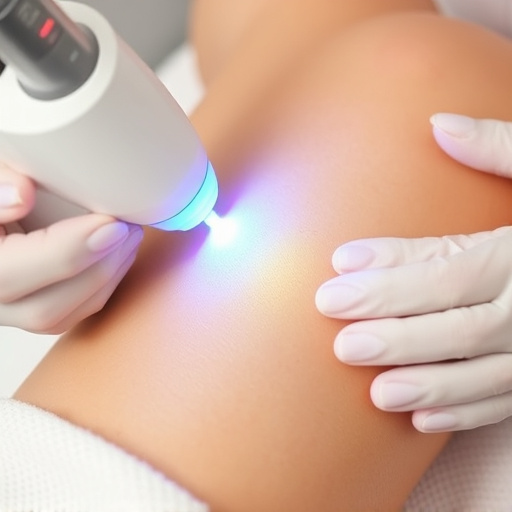
Back acne can be deeply frustrating, but understanding its causes is a crucial step in effective treatment and prevention. This type of acne often stems from a combination of factors that include hormonal changes, genetics, and lifestyle choices. Hormonal fluctuations, particularly during puberty or menstruation, can lead to increased oil production, clogging pores and triggering inflammation.
Genetic predisposition plays a significant role as well, making some individuals more susceptible to back acne than others. Lifestyle factors such as wearing tight clothing, excessive sweating, or using harsh skincare products can also contribute to the development of back acne. Recognizing these triggers is essential for implementing tailored strategies that address the root causes and promote overall skin health, supporting the efforts of any chosen back acne treatment method, including pore refinement techniques like microneedling therapy.
Cleansing and Moisturizing for Optimal Healing
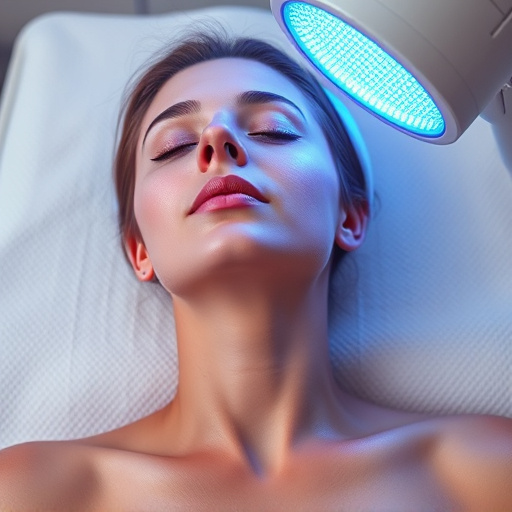
Proper cleansing and moisturizing are essential steps for optimal healing after treating back acne. Start by using a gentle cleanser designed to soothe inflamed skin; look for ingredients like tea tree oil or aloe vera, which have anti-inflammatory properties. Avoid harsh scrubs that can irritate the skin further. After cleansing, apply a hydrating facial or moisturizer tailored for acne-prone skin. This will help replenish moisture without clogging pores, promoting faster healing and reducing the risk of future breakouts.
Remember that consistency is key; maintain a regular cleansing and moisturizing routine to support your back acne treatment regimen. These simple yet effective steps can significantly contribute to achieving clearer, healthier skin.
Preventing Future Breakouts: Maintenance Tips
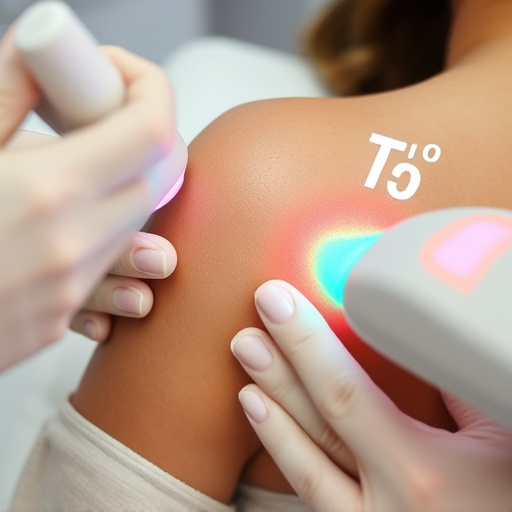
To prevent future breakouts and maintain clear skin after back acne treatment, there are several proactive steps to incorporate into your skincare routine. Regularly cleansing your skin with a gentle, hydrating cleanser is essential to remove dirt and excess oil without stripping away natural moisture. Exfoliating 2-3 times a week can help unclog pores and prevent buildup, but be sure to use a chemical exfoliant or mild scrub to avoid irritation.
Additionally, staying hydrated and applying a good moisturizer after cleaning and exfoliating can significantly improve skin health. Using products with ingredients like hyaluronic acid or glycerin helps lock in moisture, promoting healthier skin. Lastly, consider incorporating chemical peels into your skincare regimen; these treatments can deeply cleanse the skin, accelerate cell turnover, and unclog pores, providing an effective barrier against future back acne breakouts.
Back acne can be a persistent issue, but with the right understanding and care, you can effectively manage and treat it. By identifying triggers, adopting gentle yet thorough cleansing practices, and maintaining a consistent skincare routine, you can achieve clearer skin. Remember that patience is key; consistent aftercare steps will prevent future breakouts and promote long-lasting healing for your back acne treatment.
